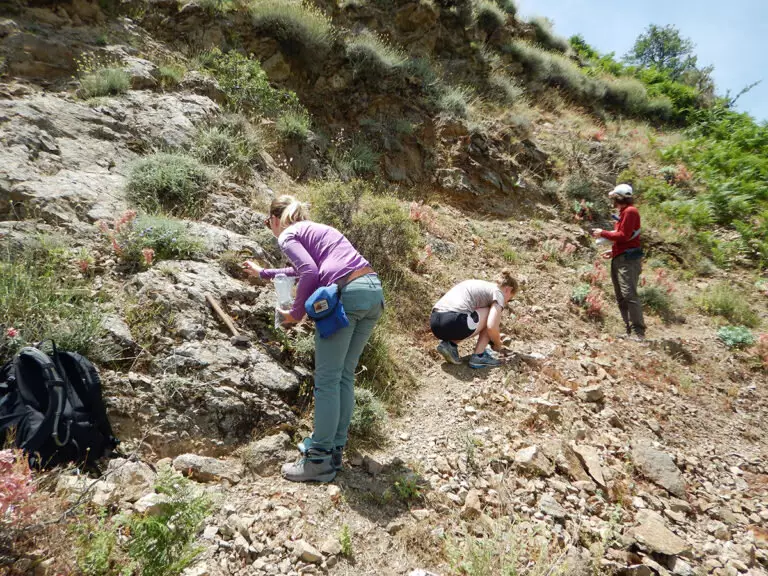A new study from Colorado State University indicates that the understanding of how and why mountains are formed may not be as thorough as previously thought. The study, led by Sean Gallen, a geosciences assistant professor at the university, utilized new data sets and techniques to reconstruct the long-term history of mountain building in southern Italy. The team’s novel approach yielded some “confounding” results, according to Gallen.
In subduction zones, such as the Calabria region in southern Italy, one tectonic plate dives beneath another. Mountains in these settings are believed to have formed through the crumpling and thickening of Earth’s crust. The team combined measurements that recorded geologically short and long timescales, ranging from thousands of years to tens of millions of years. The landscape, like a “geologic tape recorder,” filled in the rest.
The researchers found that the typical way of viewing mountain building doesn’t hold for southern Italy. The crumpling and thickening of the crust appears to be secondary to another process, with data pointing to the descension of the lower plate through the Earth’s mantle and its alteration of the mantle flow field as the primary factor controlling rock uplift. The results suggest that deep earth signals dominate what’s happening at the surface.
Gallen noted that more data is needed to confirm the interpretation, but it is backed by existing numerical models. The new techniques developed for this study offer a breakthrough in constructing long-term rock uplift histories. The team created a unified framework based on a collection of standard geomorphology measurements, including thermochronology, cosmogenic nuclides, bedrock river profiles, and the record of past sea levels found in marine terraces. The novel approach goes back further in time than other methods and uses different data sets to constrain modeling in a unique way.
The method is best applied to active systems, where the modern landscape offers clues to its history. The further back in geologic time a system was active, the harder it is to reconstruct its history with confidence.
While the study focused on southern Italy, its results could have implications for other regions. The findings suggest that mountain building may be controlled by factors that are much deeper within the Earth system than previously thought. The study’s results could change the way scientists think about subduction zones and their impact on mountain formation.
The study led by Colorado State University suggests that the understanding of how and why mountains form is not as complete as previously believed. The team utilized new data sets and techniques to reconstruct the long-term history of mountain building in southern Italy. The results suggest that deep earth signals dominate mountain building in subduction zones and could change the way scientists think about these zones. The new techniques developed in this study offer a breakthrough in constructing long-term rock uplift histories.


Leave a Reply